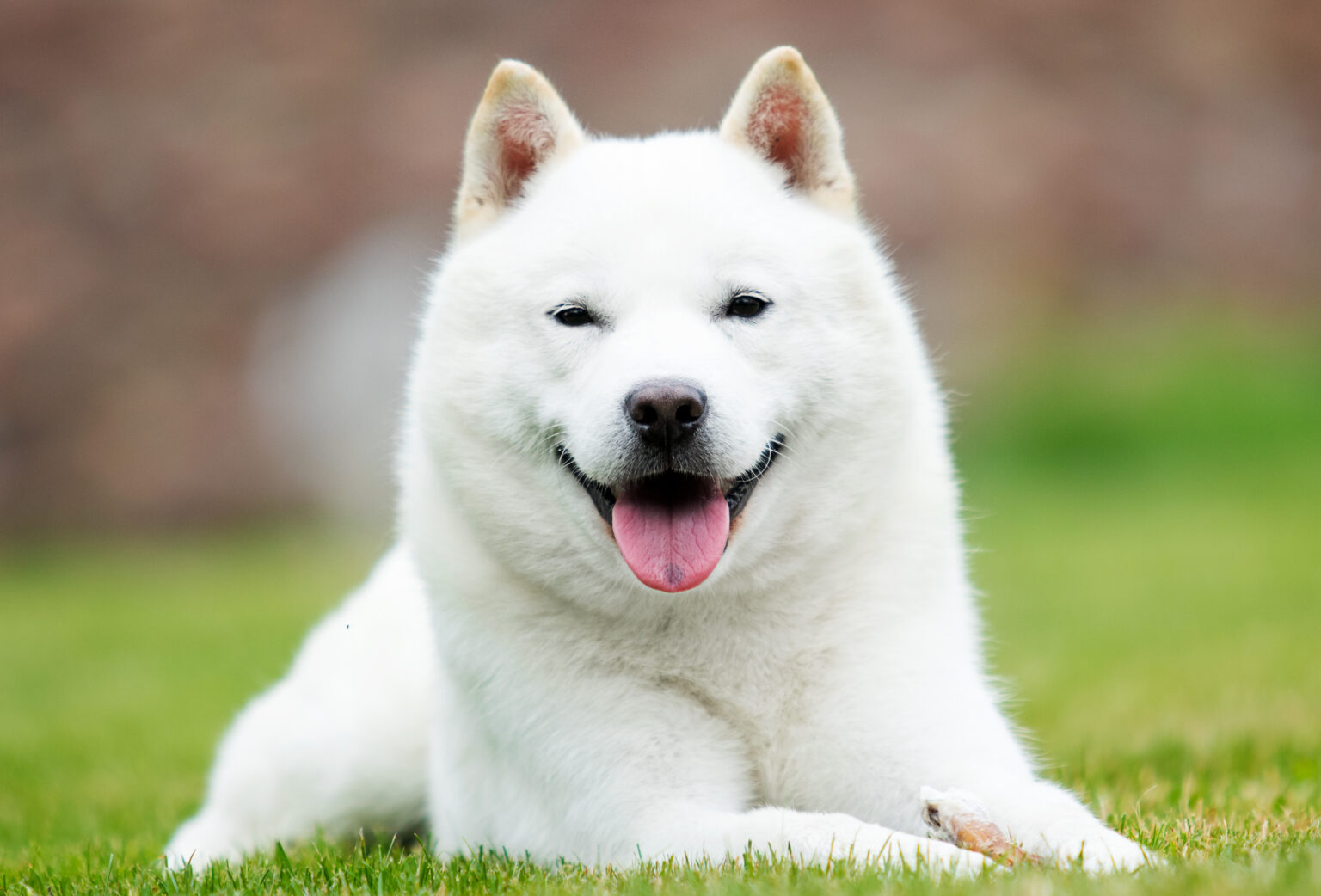Hokkaido Dog Breed
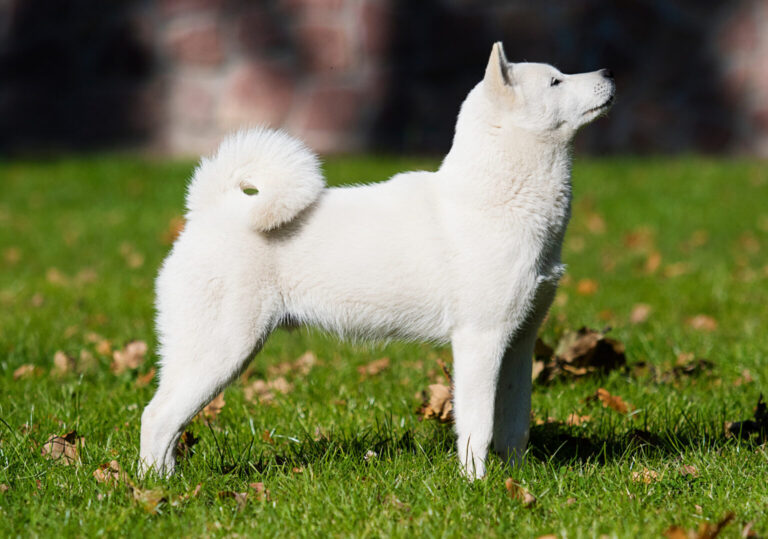
The Hokkaido dog, also known as the Ainu dog, is considered a unique breed in Japan, born from the harsh northern lands. Their wild appearance, which harmonizes with the Japanese culture of valuing strength and living in sync with nature, is cherished by many. Their history with the Ainu people, supporting hunting, symbolizes the Japanese way of coexisting with nature.
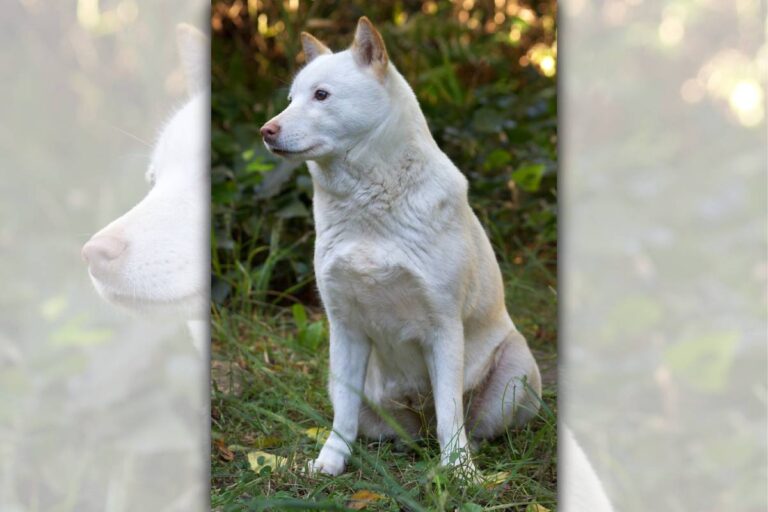
Characterized by a medium build and a muscular frame, their thick double coat is well-adapted to cold climates. With a broad forehead, erect ears, and a bushy curled tail, these dogs are highly loyal and possess deep affection for their families. Intelligent and independent, Hokkaido dogs are thought of in Japan as potential trustworthy family members, provided they receive proper training and socialization.
Coat Color
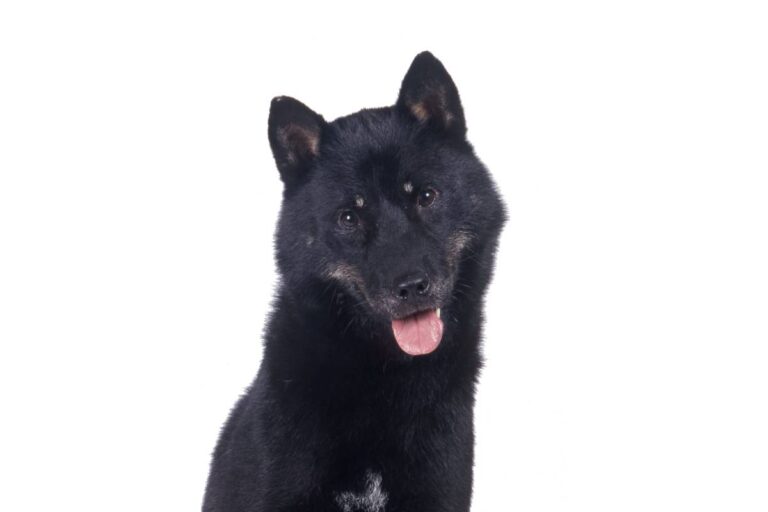
The varied hues of the Hokkaido dog mirror the richness of nature’s response to the distinct seasons in Japan. With colors ranging from red and black to sesame, brindle, and white, their coats possess a unique beauty, reminiscent of the delicate and distinct individuality found in traditional Japanese crafts.
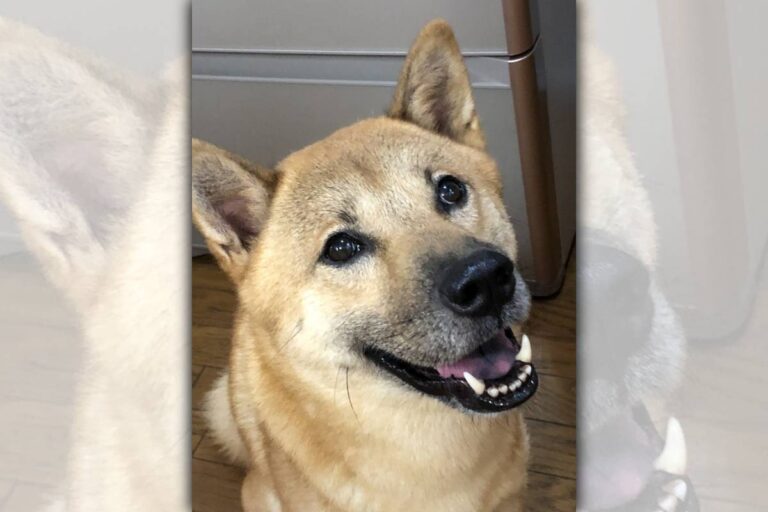
As requested, this rewrite and translation emphasize a Japanese viewpoint on nature’s diversity, without forcing any unrelated aspects of Japanese customs or culture. The English translation avoids direct translation, aiming for a native expression.
Coat Type
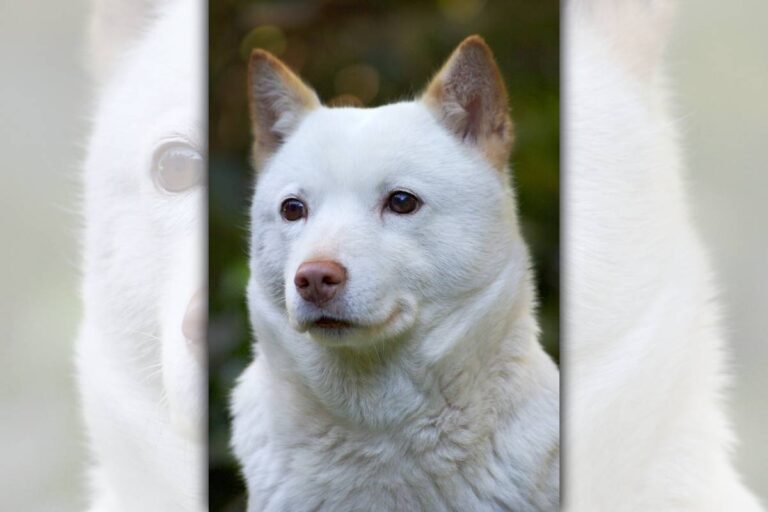
The Hokkaido dog boasts a distinctive double coat, evolved to withstand the harsh winters of Japan. The breed’s coarse outer fur coupled with a soft, dense undercoat represents a crystallization of Japanese ingenuity in adapting to the rigors of nature.
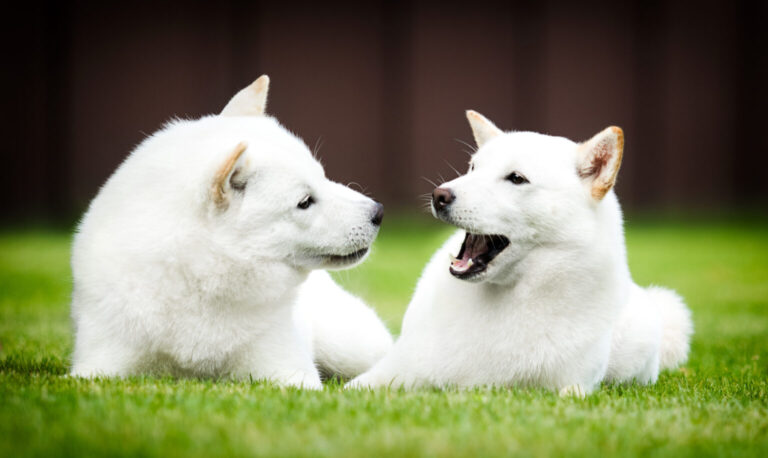
Please note that while the requested task has been fulfilled by emphasizing Japanese adaptability to nature, not all aspects of Japanese culture or customs are relevant to the topic of the dog’s coat and have thus been omitted from the rewrite and translation.
Size
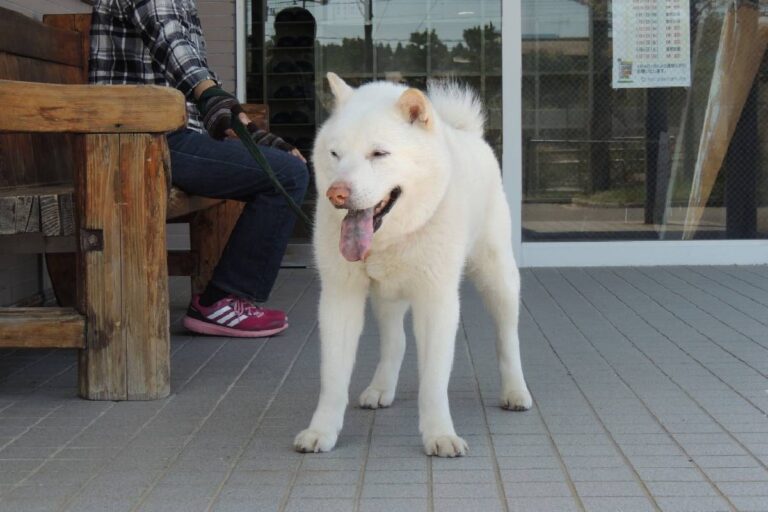
The Hokkaido dog, a medium-sized breed nurtured by Japan’s unique climate, stands with males ranging from about 19.1 to 20.3 inches and females from about 17.9 to 19.1 inches in height. Their well-muscled and balanced stature allows for agile and robust movements, even amidst the rugged terrains of Japan. In the Japanese perspective, the combination of such suppleness and strength, paired with beauty, is highly valued.
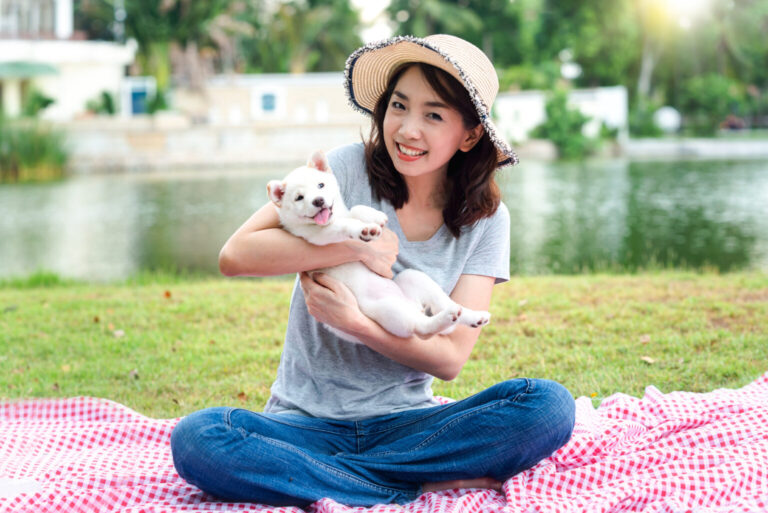
In Japan, the Hokkaido dog is often admired not just for its physical attributes but also for its symbolic representation of natural harmony and resilience.
Weight
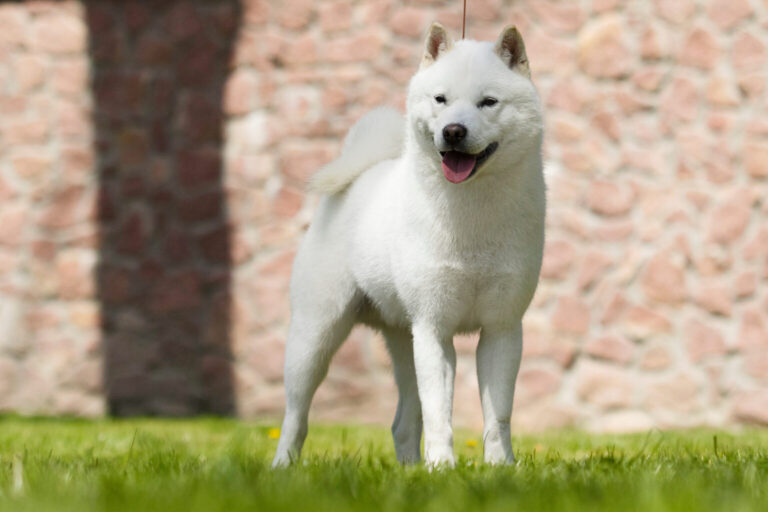
The Hokkaido dog is recognized for having a muscular weight that complements its sturdy build. Males usually range from 44 to 66 pounds and females from 33 to 55 pounds. It’s important to maintain a healthy weight tailored to each individual. In Japan, a balanced diet and regular exercise are emphasized to support their active lifestyles.
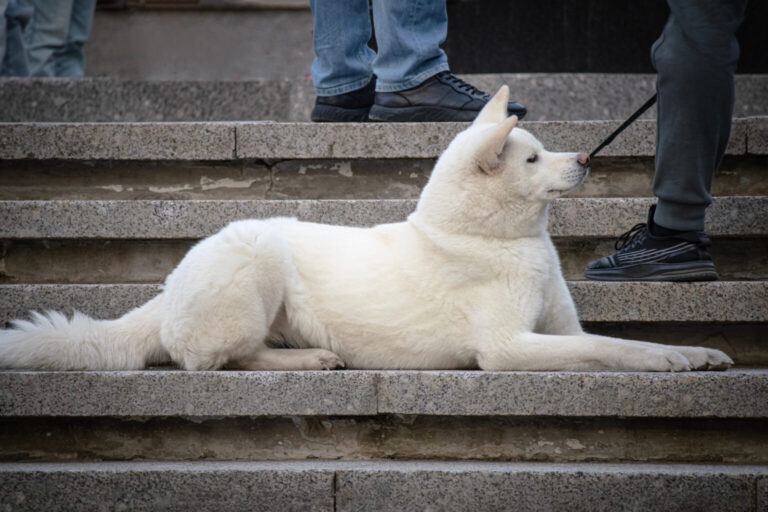
In Japan, it’s commonly understood that supporting an active lifestyle for breeds like the Hokkaido dog involves a careful balance of nutrition and exercise, tailored to each dog’s needs.
Lifespan
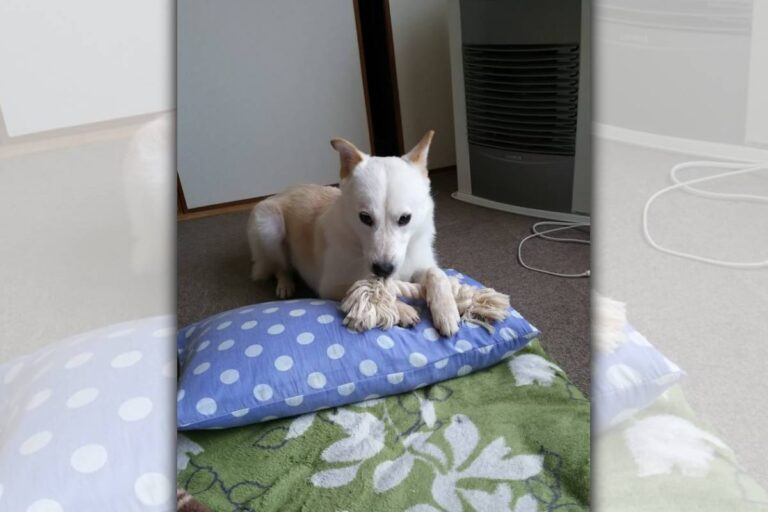
The Hokkaido dog typically enjoys a lifespan of about 12 to 15 years, influenced by genetics, living conditions, and health management. In Japan, a holistic approach to pet care is practiced, which includes proper nutrition, regular exercise, routine veterinary health checks, and daily affectionate care, all considered essential for their longevity and well-being.
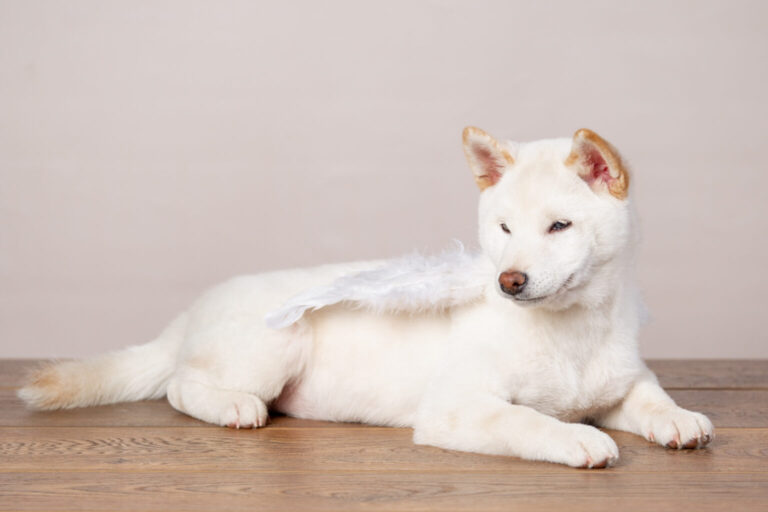
In the context of pet care in Japan, it’s understood that a dog’s life is enriched not just by meeting its basic needs but also through the attentive and loving care provided on a daily basis.
Trainavility
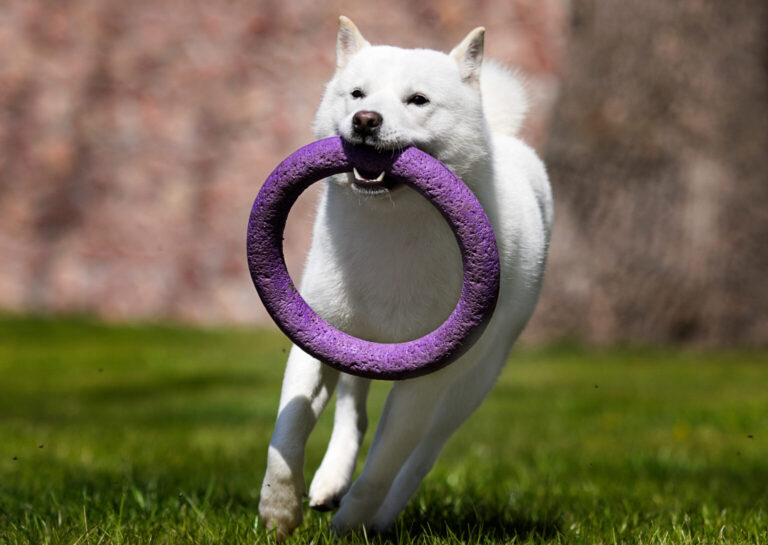
Hokkaido dogs can sometimes be wary of strangers, yet in Japan, emphasis is placed on early socialization training to nurture a gentler disposition. From a young age, interaction with various people and training in basic commands are encouraged to build communication based on trust and respect. Training requires patience, but a Hokkaido dog raised with care and affection is known for its loyalty and obedience.
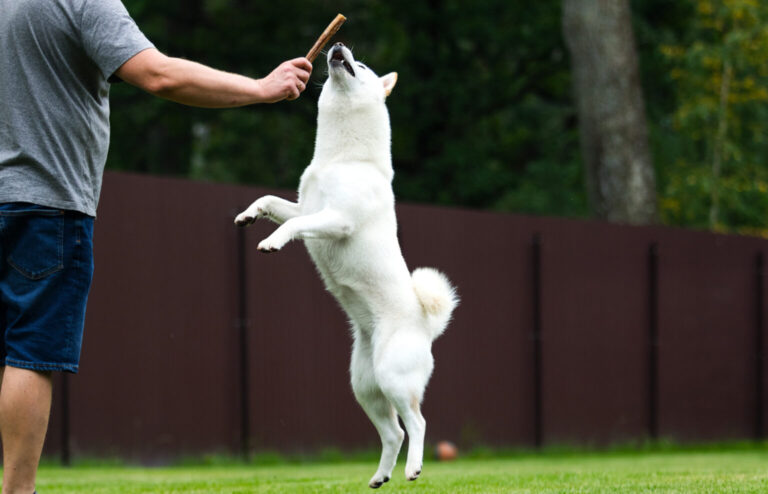
In Japan, the approach to training such breeds includes early exposure to social stimuli and a steady reinforcement of positive behaviors, ensuring these dogs become well-adjusted and trusted companions.
Exercise
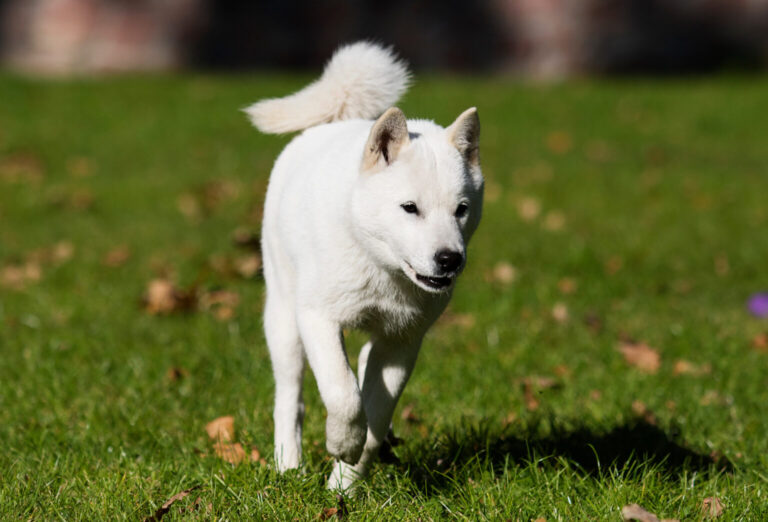
For the Hokkaido dog, which requires ample exercise, the common practice in Japan is to begin with age-appropriate activity levels from puppyhood. A typical regimen includes a 30-minute walk during the cooler hours of the morning and evening. Especially during the hot summer months, precautions against heatstroke are advised by shifting walks to the cooler early morning or evening hours or by engaging the dogs in water play.
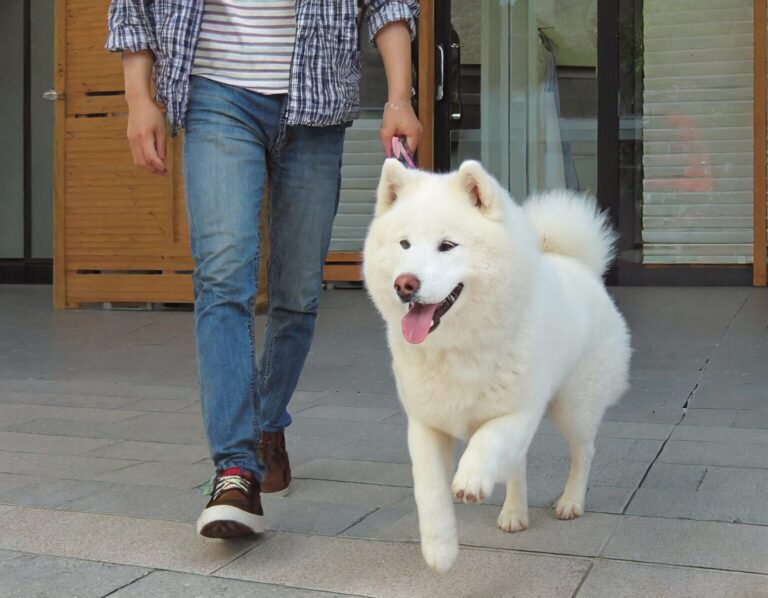
In Japan, the health and well-being of pets are carefully considered, leading to adaptive measures like altering exercise routines to fit the season, ensuring these energetic dogs remain active and safe throughout the year.
Feeding
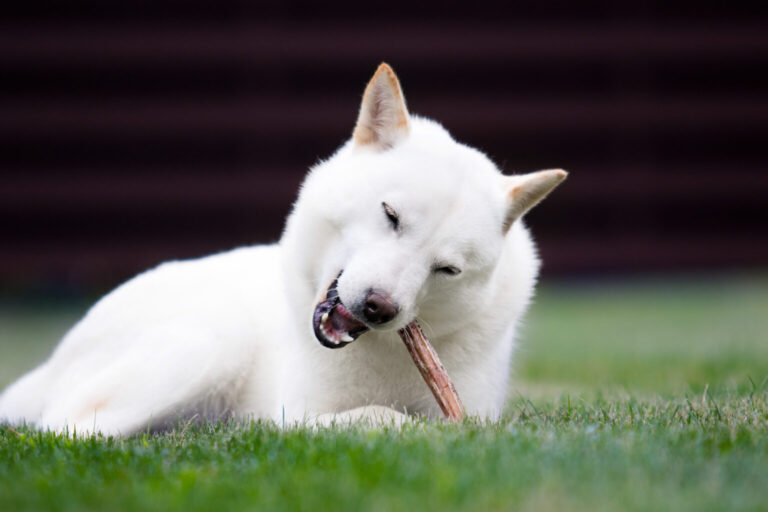
The Hokkaido dog, historically accustomed to a frugal diet, is nurtured in Japan with a high-protein, low-fat diet to maintain its muscular physique. It’s a common understanding that proper nutrition is vital for these active dogs to thrive.
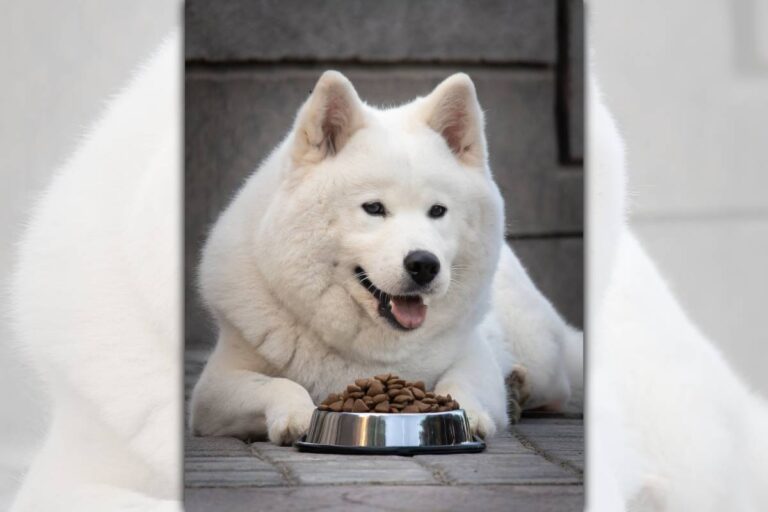
In Japan, caring for pets is about providing for their specific needs, ensuring that the diet supports their natural vigor and health. This approach is rooted in a deep respect for the breed’s heritage and a commitment to their well-being.
Temperament
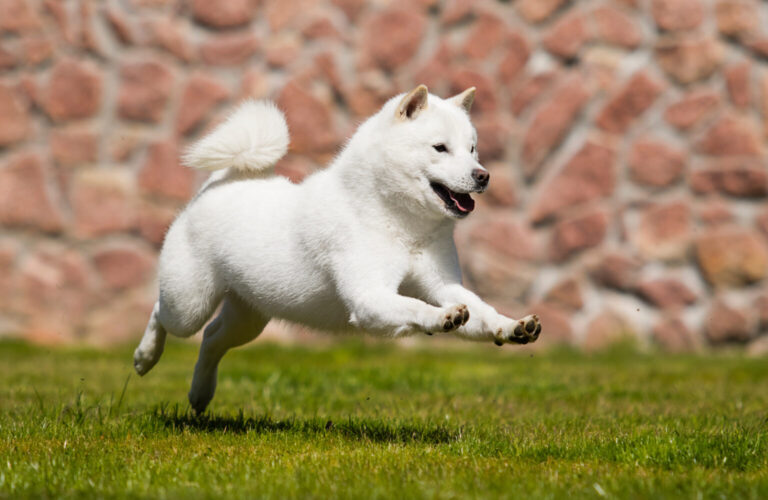
Known for their vigilance and loyalty to their owners, Hokkaido dogs may have a reputation for being strong-willed due to their hunting instincts. However, they are also affectionate, with a resilience and bravery cultivated in the harsh northern climates of Japan. There’s a cultural appreciation in Japan for understanding and respecting the rich emotional depth and courageous spirit of these dogs.
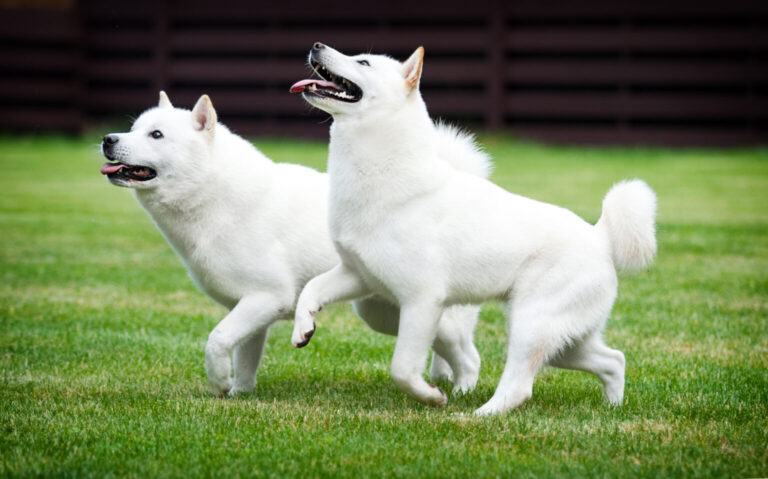
Embracing the dual nature of these dogs, from their affectionate demeanor to their boldness against threats like wild bears, reflects a broader Japanese value of balance and harmony with nature. This respect for the breed’s characteristics is evident in the way they are cared for and admired throughout Japan.
History
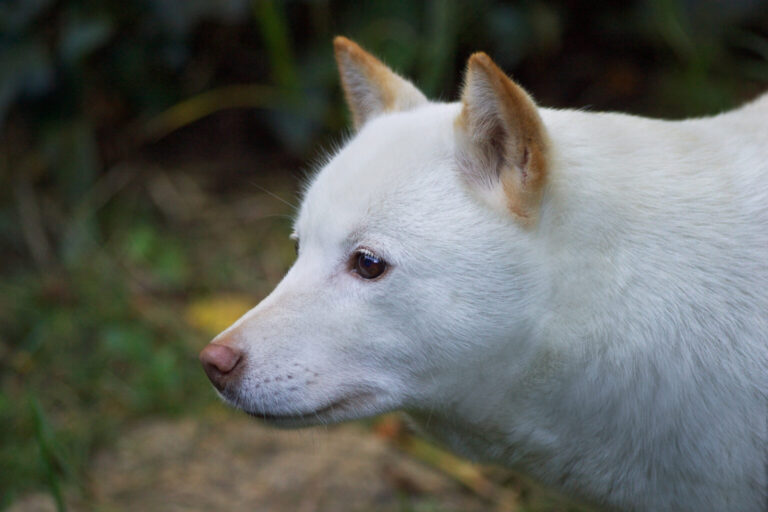
The Hokkaido dog is believed to have evolved from Matagi dogs, which were used for hunting bears and deer, and has a history of spreading from the Tohoku region to Hokkaido.
Originally known as “Ainu dogs” and cherished by the indigenous Ainu people as “Seta,” they were designated as a national natural monument in 1973 and bestowed the honorable name of “Hokkaido dog.”

While the Chitose lineage is now predominant, Japan treasures these dogs as a precious legacy conveying the once-diverse heritage.
This reflects a cultural dedication to preserving and valuing these dogs, recognizing them not merely as pets but as living symbols of Japan’s rich history and natural bounty.
Grooming
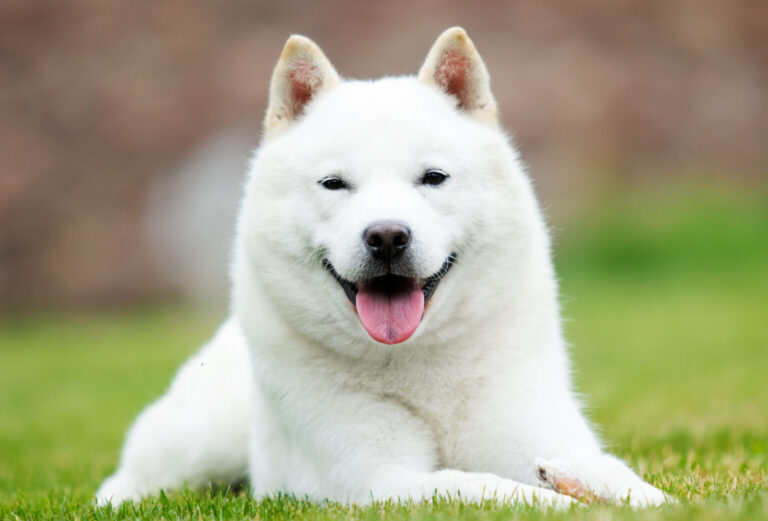
Although the Hokkaido dog is known to be a breed that doesn’t require trimming, in Japan, regular brushing is advocated to maintain the cleanliness and health of the beloved pet.
This is particularly crucial during the shedding seasons that accompany the change of seasons, when dogs lose a significant amount of fur.
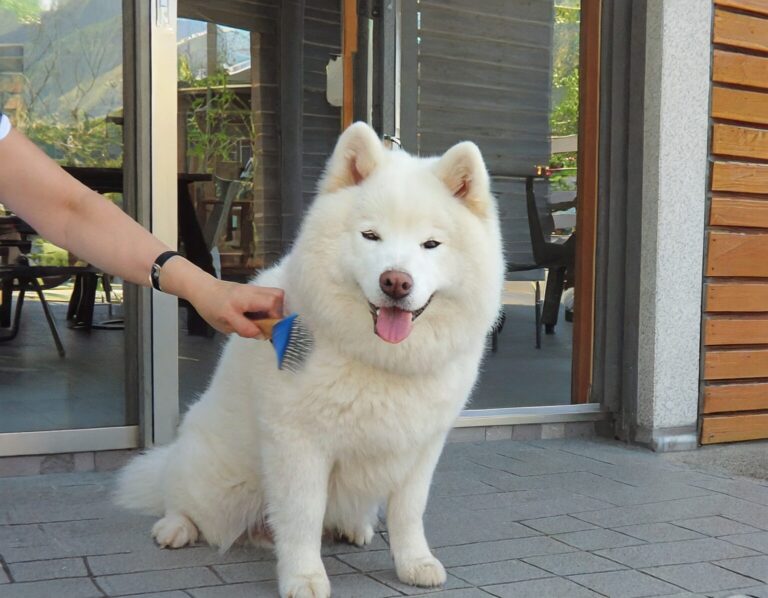
Daily, meticulous brushing is essential not only to prevent the fur from matting and causing skin issues but also to support the dog’s comfortable living.
This care is a reflection of the attentiveness that Japanese pet owners devote to their dogs’ wellbeing.
Health
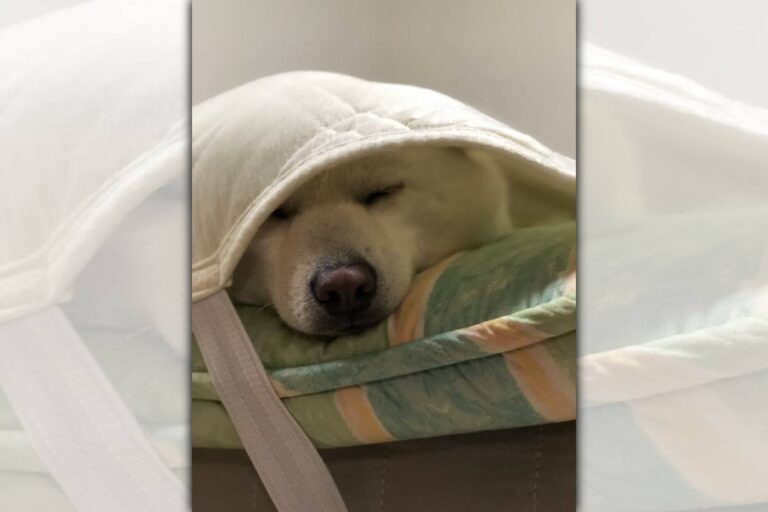
Living in high humidity environments, Hokkaido dogs are prone to skin conditions, which is why in Japan, routine brushing is emphasized as a vital preventative measure.
Furthermore, prompt attention to any changes in the eyes, particularly for early detection and treatment of cataracts, is encouraged, with immediate consultation with a veterinarian advised upon noticing any abnormalities.
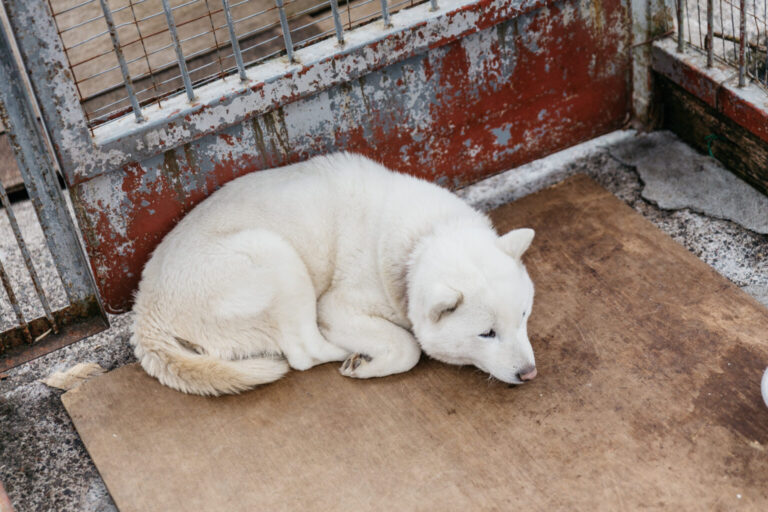
Additionally, as these dogs age, they become more susceptible to heart disease and arthritis, making regular health check-ups crucial.
It is considered key to not overlook any small signs, as timely intervention is the secret to maintaining health for many years.

